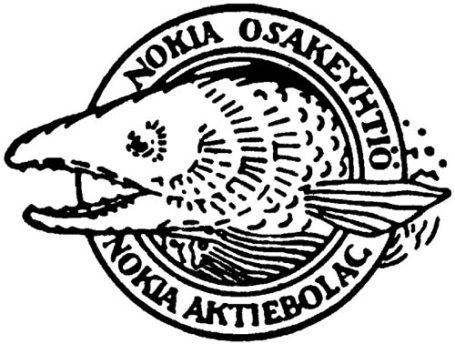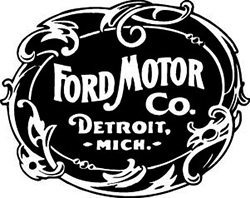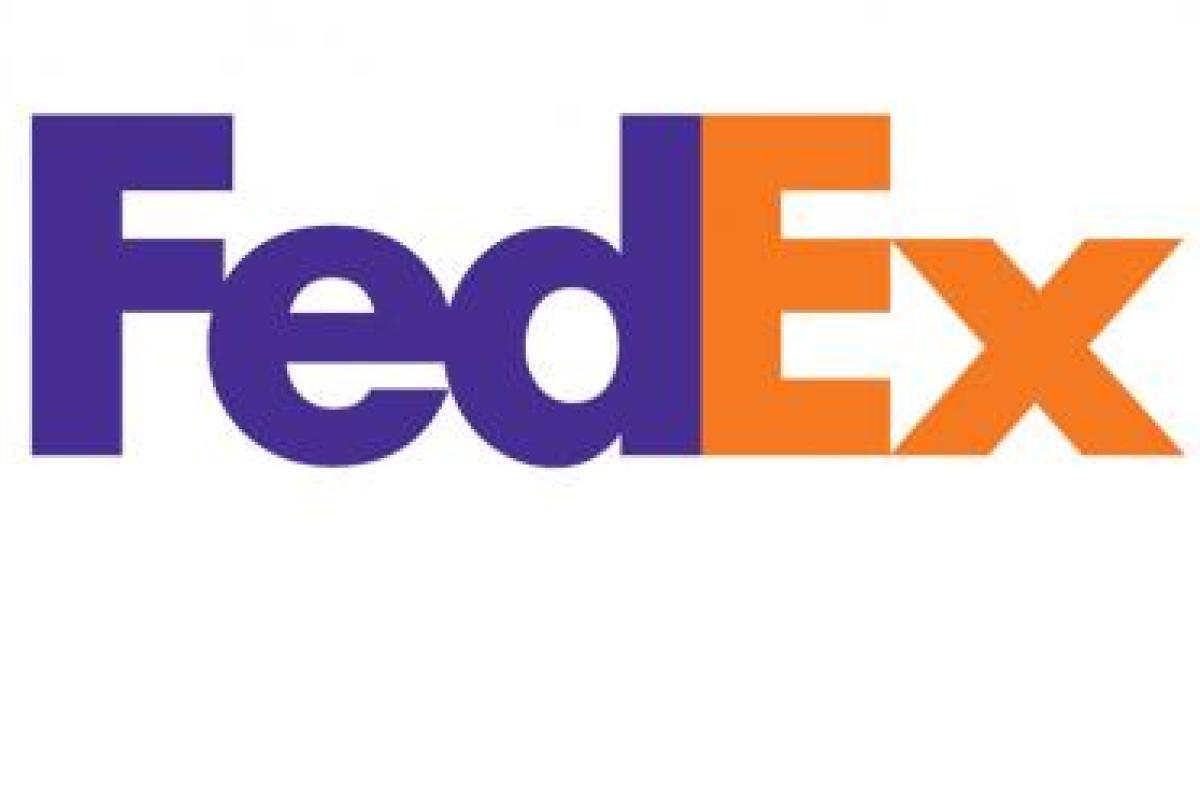So, Facebook have changed their logo. They’ve slightly slimmed the typeface and changed the double-story ‘A’ to a single-story one, if you’re interested. Despite this seismic change the world has stayed on its axis as far as I know. It comes a year on from when Google changed one pixel in their second ‘G’. No one cared massively about that either outside of the design community.
So, why the eff am I writing about it?
Because it’s got me thinking (and fretting, a bit). About the wonderful logos of yesteryear, and the most historical pieces of corporate design. It’s left me wondering, does the fact that we now have to create logos that work at the size of an ant's genitals on the internet mean that the days of properly iconic corporate ID are over?
I started wondering just how a couple of pieces of my favourite historical logo design might fare in the smartphone screen age.
 The original Nokia logo was absolutely ace. It is some hopelessly complicated black and white drawing of a killer salmon fish photo-bombing a rubber tyre. But I doubt anyone could reproduce it for a smartphone screen. Seen the original Ford logo? The UPS one? Pepsi? All really lovely pieces of design that over the years have had the personality and life corporately ID’d out of them. The former logos fall asleep looking at their modern iterations.
The original Nokia logo was absolutely ace. It is some hopelessly complicated black and white drawing of a killer salmon fish photo-bombing a rubber tyre. But I doubt anyone could reproduce it for a smartphone screen. Seen the original Ford logo? The UPS one? Pepsi? All really lovely pieces of design that over the years have had the personality and life corporately ID’d out of them. The former logos fall asleep looking at their modern iterations.
This troubles me. The reason the logos tended to be amazing in the early days for these companies was because they were created by - or very near - the person or persons who created the company. They had the DNA of the ‘brand’ baked into them, almost unconsciously.
I think we migh t be sacrificing personality for consistency, purpose for reproduction quality. A worry. At this point, I’m going to call out BMW for remaining Germanically true to their original identity across a century, and Audi for turning their originally rubbish logo into the brilliant thing of beauty it is today.
t be sacrificing personality for consistency, purpose for reproduction quality. A worry. At this point, I’m going to call out BMW for remaining Germanically true to their original identity across a century, and Audi for turning their originally rubbish logo into the brilliant thing of beauty it is today.
Roman Mars in his amazing TED talk on vexillology (look it up) listed the five rules of perfect design. The ones that stuck in my head in the context of logos were simplicity and powerful symbolism. And there’s one logo that nails his rules, and then some.
This perfect logo that has survived this ‘simplicity tyranny’ over the years is the Don of corporate ID: the FedEx one. It simplified itself about thirty years ago and incredibly managed to ADD meaning and personality through the process of simplification, not take it away. If you don’t know it, go and look it up. If you do, you'll know what I’m talking about.
Simple, symbolic and it communicates whilst it powerfully brands. I swoon with admiration every time I see it. That little arrow in the negative space… blimey!
What it should also teach us in the creative industries is that everything is an opportunity to communicate our purpose or uniqueness. FedEx deliver their promise via their logo without the need for words. I’m falling in love a little more with it, even as I write. By the way, the Amazon logo does the same with their little A-Z arrow but with less elegance. But it’s still nice.
At mcgarrybowen we always say we don’t believe in brands, we believe it’s much better to aspire to be an ‘icon’ in your sector. When acting in an iconic fashion you have to be ORIGINAL, REMARKABLE and ENDURING. I take my hat off in admiration to the FedEx logo for nailing all three in spades. It’s unique, people talk about it all the time and it’s now entering its third decade of ID awesomeness.
We should aspire to live up to it in everything we design.
Simple and Powerful, Clean and Communicating.
If only all adverts could do it.
Read more from Kevin Chesters in our Clubhouse.
